【Steel Market】Overall in a weak supply and demand situation, iron ore arrivals decrease

【Steel Market】Overall in a weak supply and demand situation, iron ore arrivals decrease
Steel
This week, the production of rebar increased by 47,700 tons to 2,732,700 tons, a year-on-year decrease of 146,400 tons. Social inventories decreased by 152,500 tons to 5,304,800 tons, a year-on-year decrease of 3,061,200 tons. Mill inventories decreased by 97,400 tons to 1,926,300 tons, a year-on-year decrease of 1,660,700 tons. To learn more about price information for graphite electrodes used in electric arc furnace steel production. The apparent consumption of rebar increased by 38,000 tons to 2,982,600 tons compared to the previous week, a year-on-year decrease of 30,000 tons. Rebar production rebounded, and inventories continued to decline for the 18th consecutive week, with a narrowing decrease. Demand showed a slight recovery, but remained low due to the impact of high temperature and heavy rain in many parts of the country, as well as sluggish real estate sales. Some steel mills that underwent maintenance earlier resumed production, resulting in an upward trend in the supply side, which had a certain impact on market sentiment. Traders remain cautious about the future market and focus on reducing inventories. According to data from the National Bureau of Statistics, China's steel rebar production in May was 19.929 million tons, a year-on-year decrease of 8.80%. From January to May, cumulative production was 96.937 million tons, a year-on-year decrease of 0.90%. Currently, the steel market is in a weak supply and demand situation, with strong expectations for loose policies. In the short term, the rebar market may have limited fluctuations, and it is expected to experience narrow consolidation.
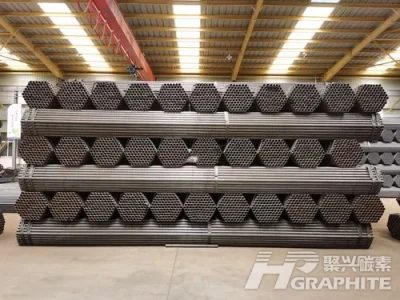
Hot-rolled coil
This week, the production of hot-rolled coil decreased by 36,500 tons to 3,087,100 tons, a year-on-year decrease of 96,600 tons. Social inventories increased by 2,200 tons to 2,647,200 tons, a year-on-year decrease of 82,400 tons. Mill inventories decreased by 33,900 tons to 854,400 tons, a year-on-year decrease of 56,900 tons. The apparent consumption of hot-rolled coil decreased by 2,500 tons to 3,118,800 tons compared to the previous week, a year-on-year decrease of 9,400 tons. Hot-rolled coil production declined, and social inventories slightly increased while mill inventories decreased. Demand showed a small decline, which is in line with expectations. According to CME's estimation, the sales volume of excavators (including exports) in June 2023 is expected to be around 16,000 units, a year-on-year decrease of about 22%, with a slightly expanded decrease compared to the previous month. In the domestic market, the estimated sales volume is around 5,500 units, a year-on-year decrease of about 50%, with a slightly expanded decrease compared to the previous month. In the export market, the estimated sales volume is around 10,500 units, a year-on-year increase of about 7.9%, with a narrower increase compared to the previous month. The overall sales volume of excavators remains low, and the downstream demand for hot-rolled coil is flat. It is expected that the short-term hot-rolled coil market will experience a range-bound consolidation.
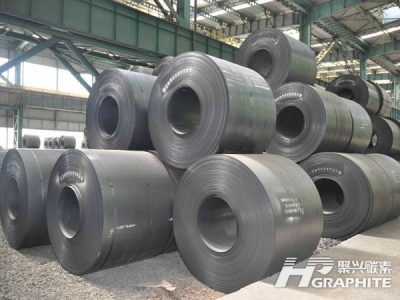
Iron Ore
On the supply side, the total shipment of iron ore from Australia and Brazil to 19 ports reached 28.62 million tons, an increase of 2.61 million tons compared to the previous period. Australia's shipment volume was 21.247 million tons, an increase of 2.747 million tons compared to the previous period. Among them, Australia's shipment to China was 17.95 million tons, an increase of 3.068 million tons compared to the previous period. Brazil's shipment volume was 7.373 million tons, a decrease of 0.137 million tons compared to the previous period. From a fundamental supply and demand perspective, the current overseas supply is steadily increasing to a relatively high level for the year, and it is expected to continue to increase by the end of June. The total iron ore shipment volume to China's 45 ports was 21.807 million tons, a decrease of 1.327 million tons compared to the previous period. The total shipment volume to the six ports in northern China was 10.319 million tons, a decrease of 1.480 million tons compared to the previous period. In May 2023, China imported 96.18 million tons of iron ore and its concentrate, an increase of 5.733 million tons compared to the previous month, a month-on-month increase of 6.3%. The utilization rate of domestic iron ore capacity and the production of iron ore fines have increased compared to the previous period, and the inventory of domestic iron ore has decreased slightly.
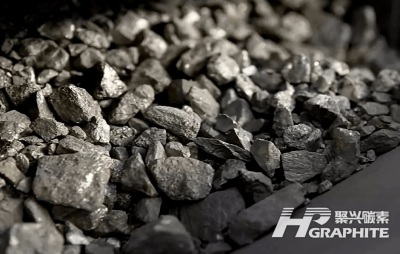
On the demand side, seven blast furnaces resumed production, and one blast furnace underwent maintenance, with resumptions occurring in North China, Northeast China, and Northwest China, and maintenance occurring in South China. The operating rate of 247 steel mills' blast furnaces was 84.09%, an increase of 1% compared to the previous week and an increase of 2.17% year-on-year. The capacity utilization rate of blast furnaces for iron smelting was 91.60%, an increase of 1.28% compared to the previous period and an increase of 2.62% year-on-year. The profit margin of steel mills was 60.17%, an increase of 8.22% compared to the previous period. The average daily production of molten iron was 2.4585 million tons, an increase of 32.9 thousand tons compared to the previous period and an increase of 62.1 thousand tons year-on-year. The current high production of molten iron supports the demand for iron ore. The average daily shipment volume was 3.0382 million tons, an increase of 76.5 thousand tons. The overall downstream demand is in line with the expectations for the off-season.
In terms of inventory, before and after the Dragon Boat Festival holiday, steel mills increased their deliveries, leading to an increase in shipment volume but a decrease in arrival volume, resulting in a decrease in port inventories. The iron ore inventory at the 45 ports is 127.92 million tons, a decrease of 569.6 thousand tons compared to the previous period, with 84 ships in port, an increase of 3 ships. The total inventory of imported iron ore in national steel mills is 85.74 million tons, an increase of 900 thousand tons compared to the previous period. Before and after the holiday, steel mills with low inventories replenished their stocks on a small scale.
In summary, the current overseas supply is steadily increasing to a relatively high level for the year, and it is expected to continue to increase by the end of June. Arrival volume has decreased. On the demand side, molten iron production continues to increase to a high level of 2.4585 million tons, providing support for iron ore demand. The current inventory of steel mills remains low, and steel mills with low inventories replenished their stocks on a small scale before and after the holiday. The shipment volume and inventory of steel mills continue to increase. Port inventories have decreased. Additionally, market sentiment is heavily influenced by macroeconomic news and requires close attention. In a mixed market, iron ore prices are expected to show wide fluctuations.
Coke
The coke market operated steadily this week. Some coke companies initiated the first round of price increases, with an increase of CNY 50 per ton for wet quenched coke and CNY 60 per ton for dry quenched coke. Currently, downstream steel mills are hesitant, and both sides are engaged in negotiations. According to data, the average profit of coke per ton is -CNY 25, a decrease of CNY 52 compared to the previous week. Due to a slight increase in raw coal prices this week, the production cost of coke enterprises has risen, leading to a shift to a loss-making situation. Downstream steel mills have increased their molten iron production, maintaining a high level. The average daily production of molten iron is 2.4585 million tons, an increase of 32.9 thousand tons compared to the previous period and an increase of 62.1 thousand tons year-on-year. According to data, the coke inventory of independent coking plants was 730 thousand tons, a decrease of 20.2 thousand tons compared to the previous period. The coke inventory of steel mills was 6.0084 million tons, a decrease of 3.9 thousand tons compared to the previous period. The coke inventory at ports was 2.146 million tons, an increase of 89 thousand tons compared to the previous period. The total coke inventory was 9.1112 million tons, an increase of 70.9 thousand tons. The inventory of coke enterprises showed an accumulation trend. It is expected that the short-term coke price will fluctuate within a range.
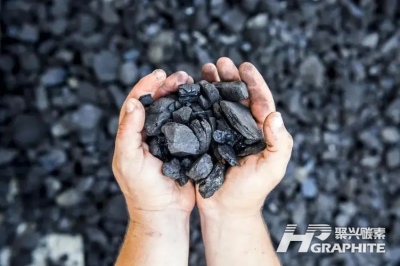
Coking Coal
The spot market for coking coal stabilized and rebounded this week. In terms of production areas, coal mines that were temporarily shut down due to safety accidents have gradually resumed production, stabilizing the supply of coking coal. The prices of coking coal in Shanxi, one of the production areas, have risen by CNY 70-150 per ton. Currently, spot prices still have a slight discount compared to long-term contract prices. According to data, the inventory of washed coal at coal preparation plants is 1.5757 million tons, a decrease of 155.5 thousand tons compared to the previous period. The inventory of coking coal at 230 coking plants is 6.7899 million tons, an increase of 195.2 thousand tons compared to the previous period. The inventory of coking coal at steel mills' coking plants is 7.2592 million tons, a decrease of 18 thousand tons compared to the previous period. The inventory of coking coal at ports is 2.1976 million tons, a decrease of 37.8 thousand tons compared to the previous period. The total inventory of coking coal is 19.0566 million tons, an increase of 12.1 thousand tons. In terms of demand from downstream, the operating rate of coke plants has slightly increased, and molten iron production remains at a high level. The high molten iron production temporarily supports raw material consumption, and market procurement has increased. It is expected that the short-term coking coal price will mainly fluctuate within a range. Follow us for timely updates on the steel market.
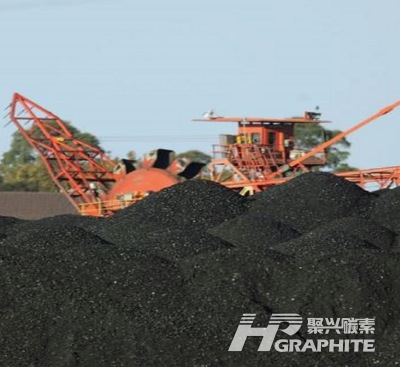
No related results found








0 Replies